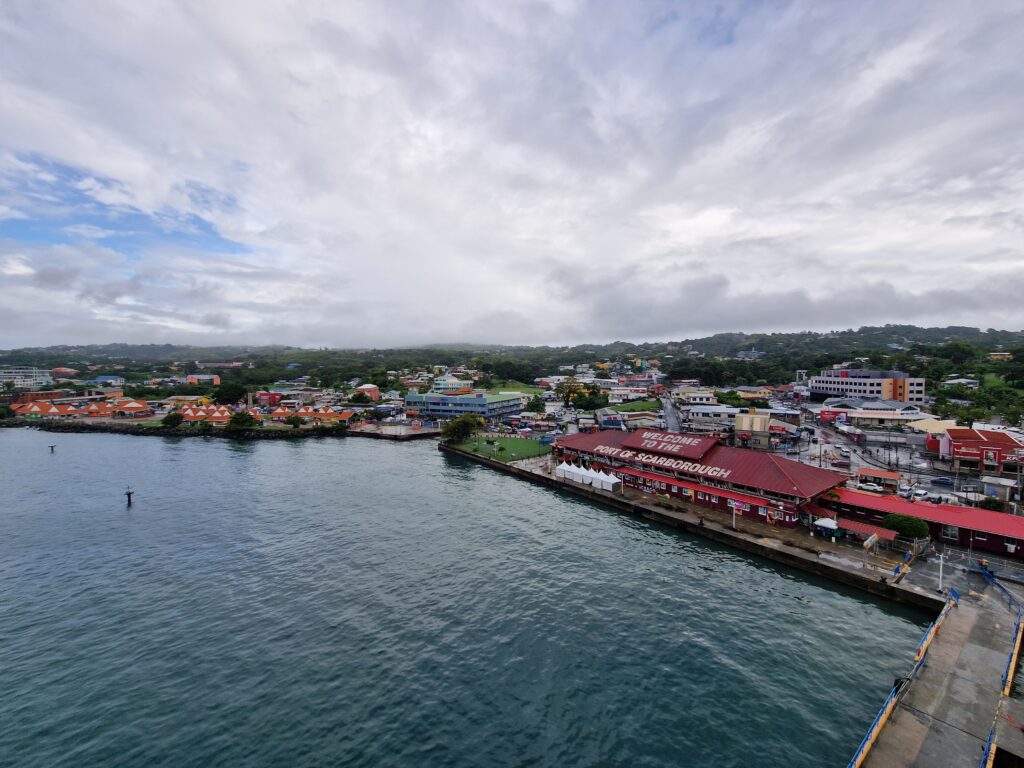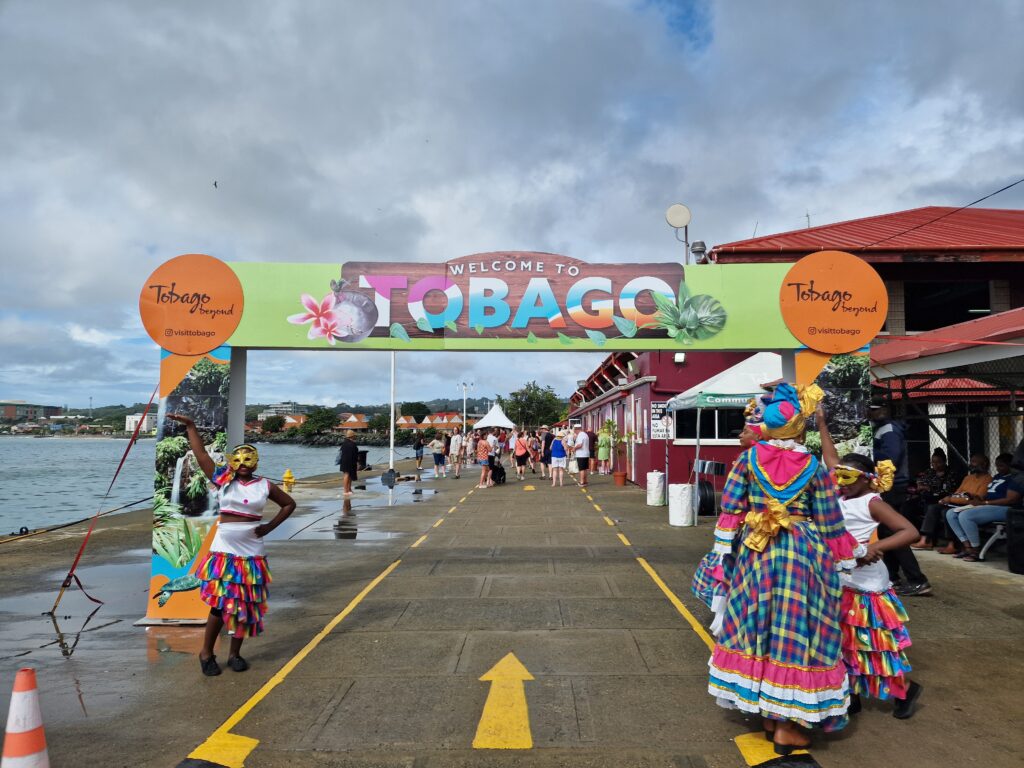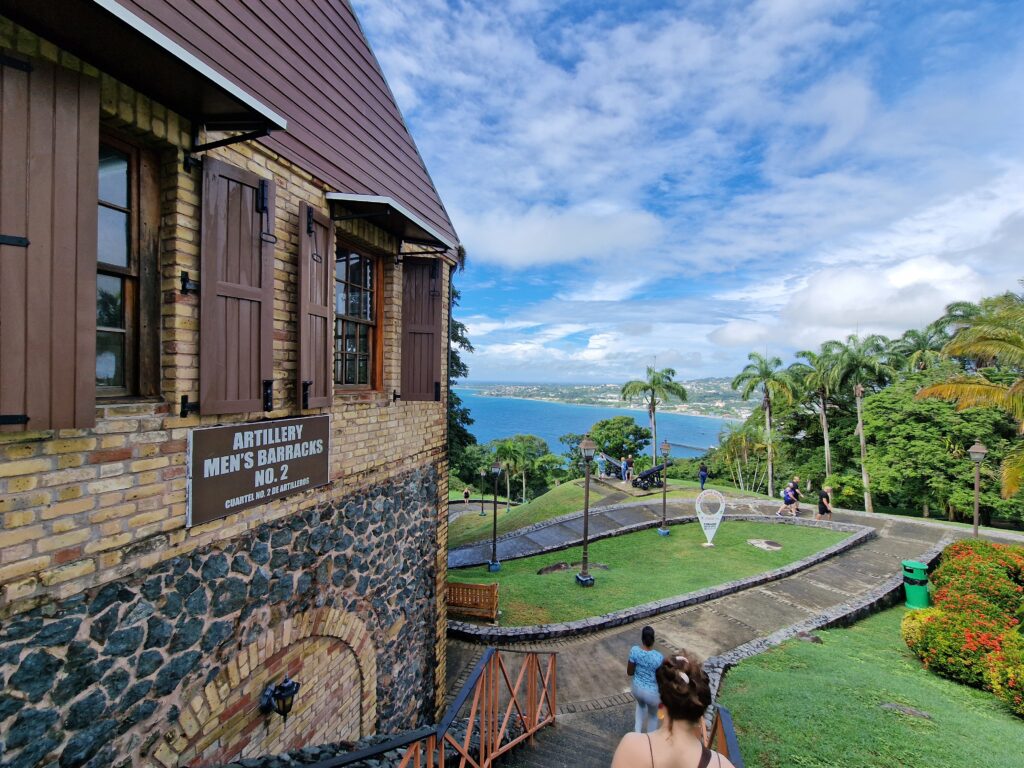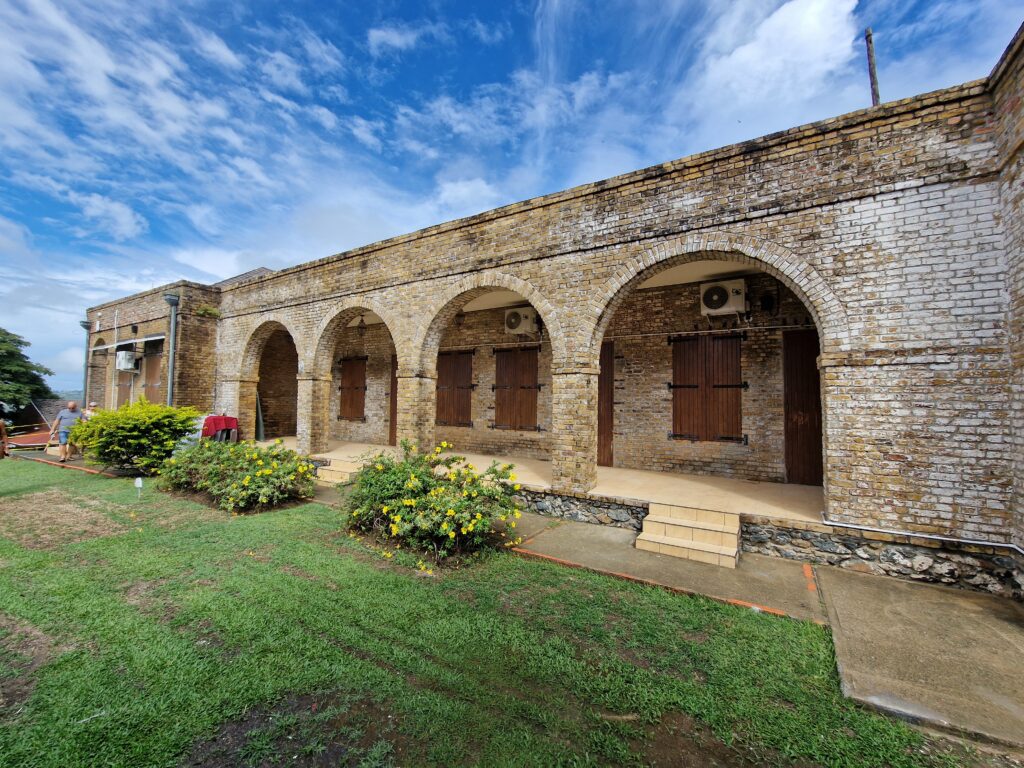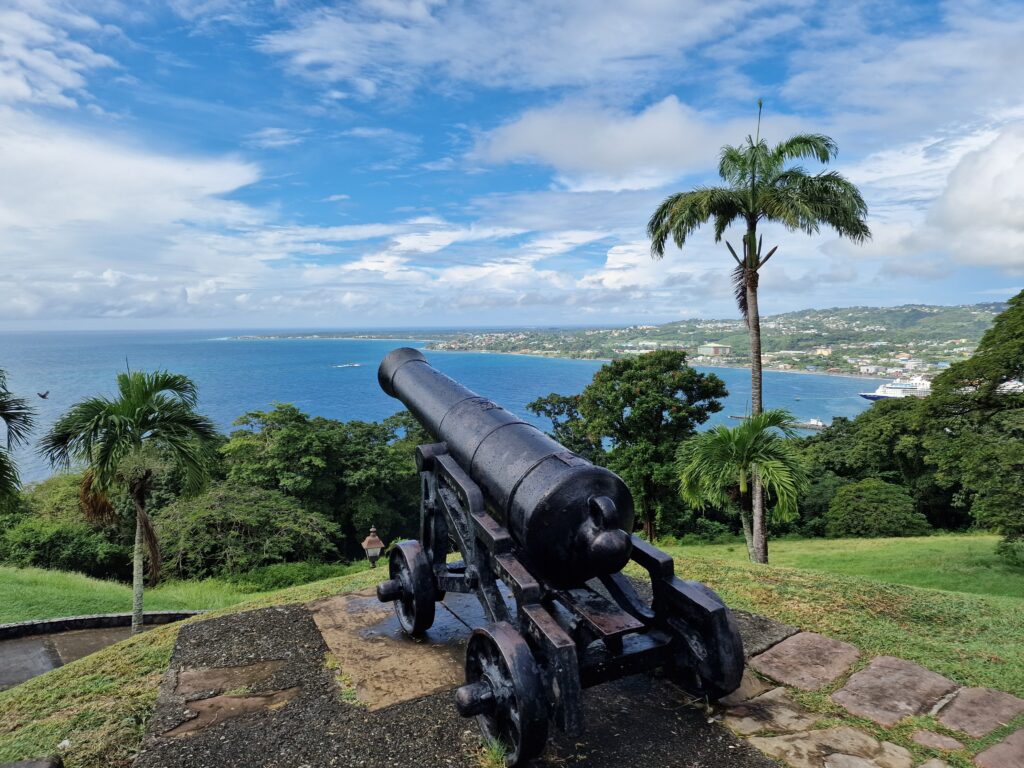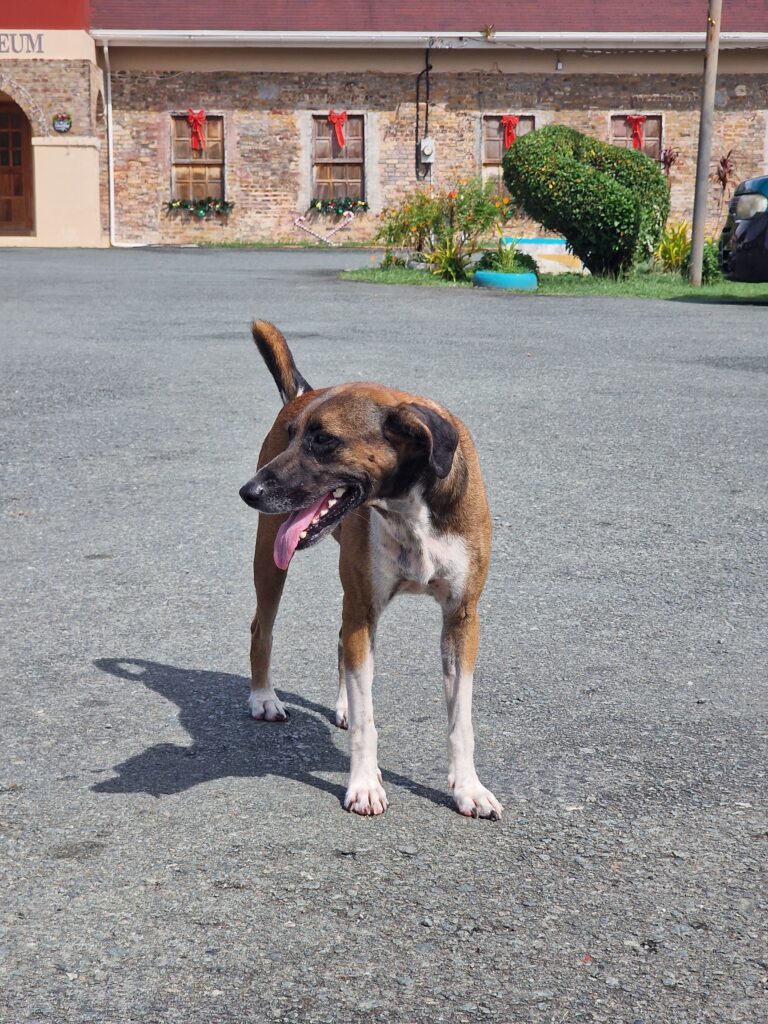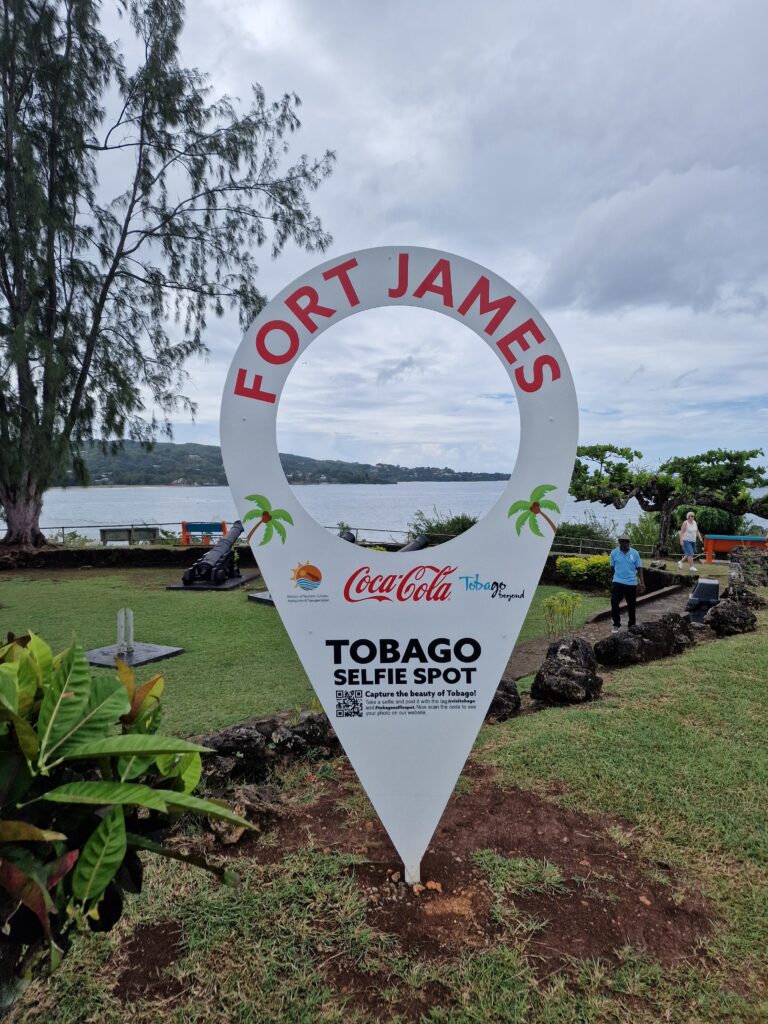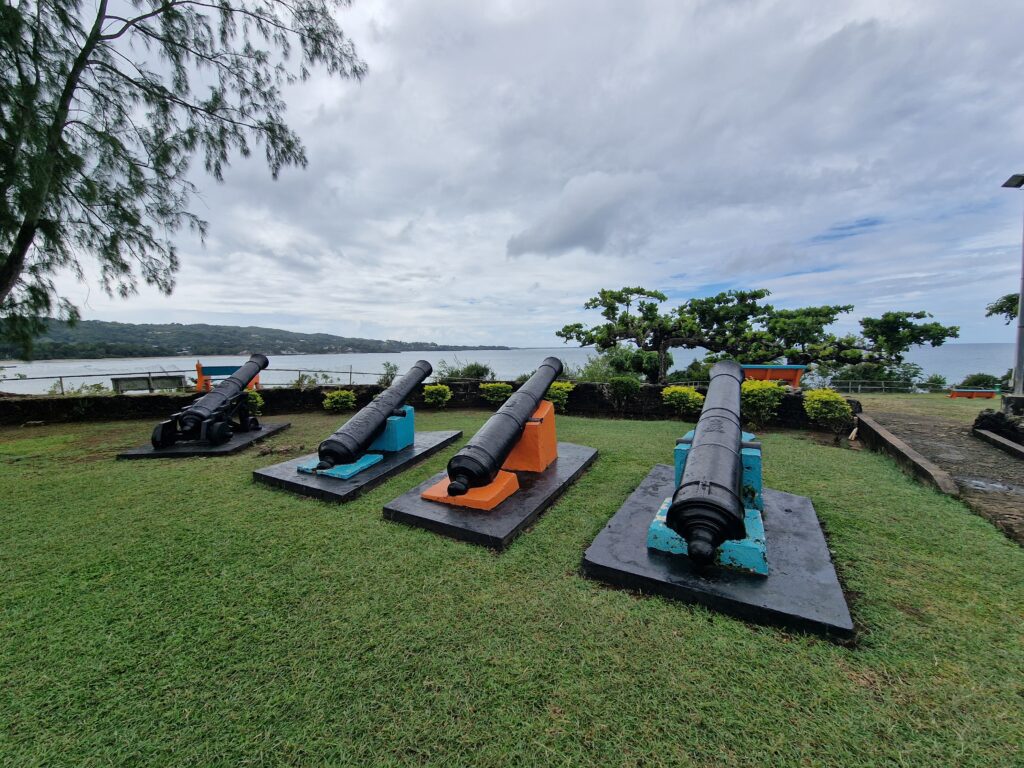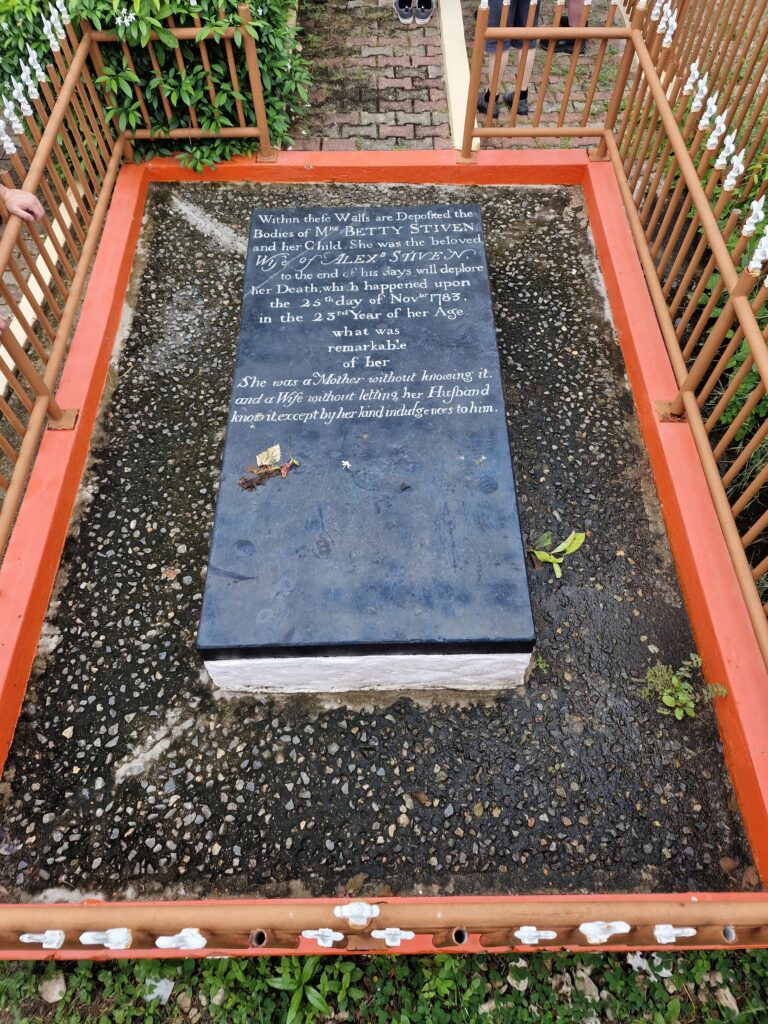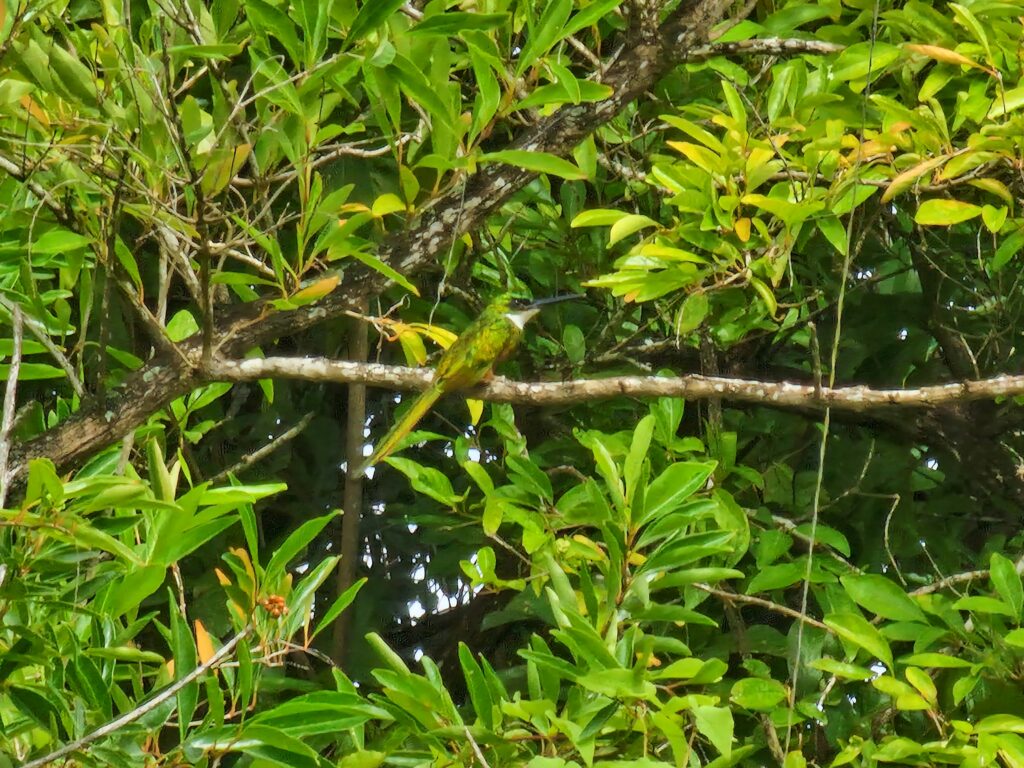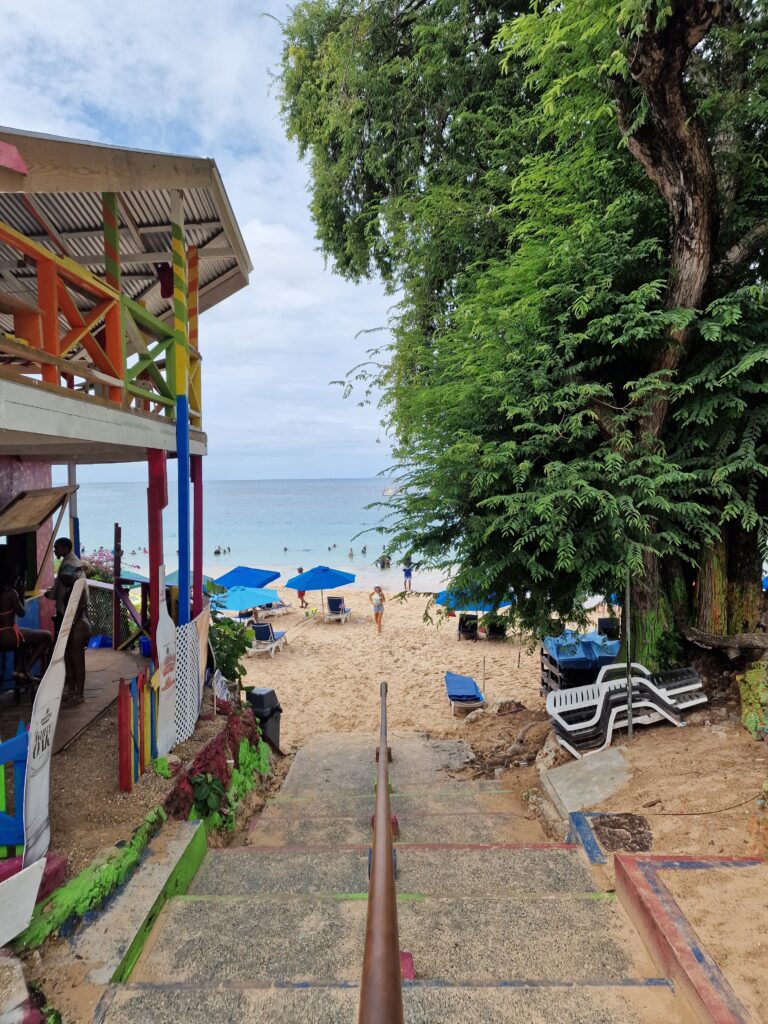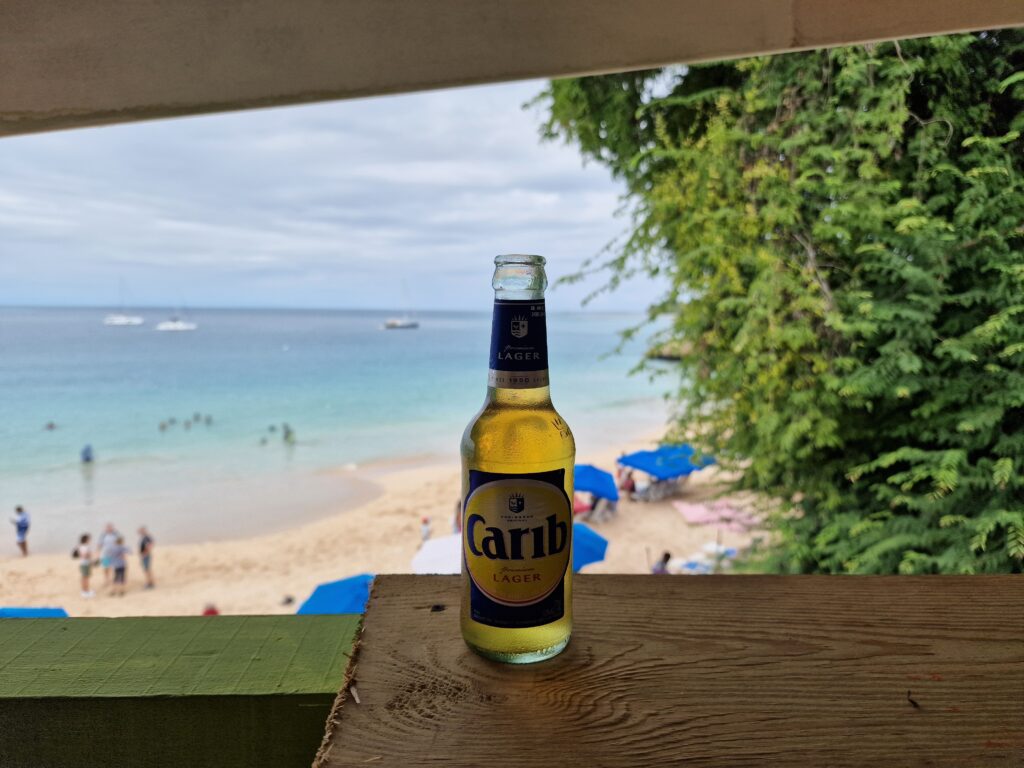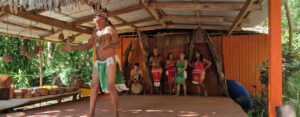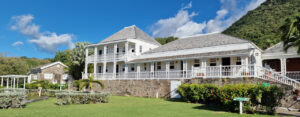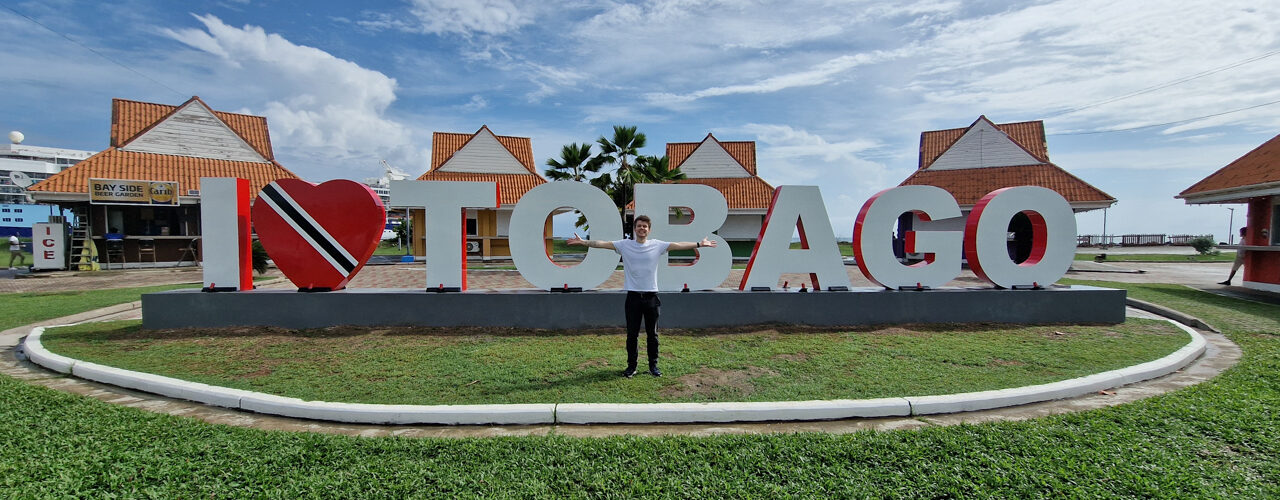
Carib Twist
At the start of the year, we made the tough decision to leave behind teaching, sobriety, and the unrelenting cold of the European winter for something entirely different—a two-week cruise around the Eastern Caribbean. A newly introduced route, linking eight small sovereign states and a handful of even smaller islands, seemed like an opportunity too good to let slip by. Normally, hopping between multiple Caribbean nations would involve a tangled mess of expensive flights, or, if you were feeling adventurous, unreliable ferries that were slower than an Arriva Welsh train and just as likely to be cancelled. This cruise, offering a far simpler way to island-hop, was a much more appealing option, especially when paired with the seductive lure of all-inclusive food and drink—though one might say it was a dangerously appealing option, given the likely size we’d return as.
After a smooth flight into Barbados and a restful overnight cruise south, we awoke on day one in Tobago, the quieter, more laid-back half of the country of Trinidad and Tobago. With a single day to explore, it didn’t seem like much at first, but considering most of our destinations were smaller than the Isle of Wight, there was more than enough time to see the sights, sample the food, and—most importantly—enjoy a rum or two. We’d booked a tour to take us around the island’s highlights, known locally as Aloubaéra, or the Black Conch. Stepping off the massive cruiser into the thick, heavy heat, we were greeted by a lively burst of Tobagonian dancing from the locals, setting the tone for the day. With that, we braced ourselves for our opening venture.
Though my knowledge of Tobago’s history was far from exhaustive, I knew the very basics, which, like most Caribbean nations, shared a similar story. European powers, eager to secure the riches of resources like sugar and cotton, waged countless battles for control, their greed setting the stage for centuries of conflict. The term “colonisers” isn’t one the locals are particularly fond of, as the islands were home to native peoples long before the Europeans arrived. And, of course, the Europeans, in their insatiable hunger for wealth, brought vast numbers of enslaved Africans to toil on the plantations. To protect this newfound fortune from rival empires, formidable forts were constructed. Our first two stops of the day were to visit these very forts, still standing resolute, their weathered walls bearing witness to the turbulent past they once helped defend.
Fort King George, built in 1777, sits high above Scarborough, Tobago’s small but busy capital, its thick ramparts once guarding the island from whoever happened to be invading that year. And there were plenty. Our guide, clearly well-practised in the story, explained that Tobago had changed hands thirty-three times—more than any other Caribbean island. The Dutch, Spanish, French, and British had all fought over it, each taking a turn before the British finally held on to it until the country gained independence in 1962. The fort had only just reopened after years of closure due to COVID, and we were among the first visitors allowed back in. The surrounding cannons still pointed out to sea, the old barracks and prison cells stood intact, and the views over the coastline, and the Dwight Yorke football stadium, were as commanding as ever.
It didn’t take long to cross to the other side of the island where we arrived at Fort James, a quieter, more peaceful counterpart to our previous destination. Perched high above the Caribbean Sea, it proved to be a perfect spot for a spot of hummingbird spotting as well as a bit of mystery tombstone deciphering; helping to solve a riddle that has perplexed the locals for over two hundred years (see below and give it a shot). The clouds had rolled in, but the heat hadn’t gone anywhere—temperatures still hovered around thirty degrees, and with most of our group beginning to wilt, the average age being around ninety-five, the next stop at Store Bay Beach was met with little argument.
At last, we could sink into a chair, listen to the waves, and crack open the first of many Carib lagers. Learning about each island’s history and culture was important, of course, but so was the time-honoured tradition of doing absolutely nothing on a beach with a good book in hand. In Tobago, we managed both. As the day wrapped up, our guide—clearly enjoying himself—treated us to a spirited rendition of the national anthem, followed, somewhat unexpectedly, by My Way. With that, we made our way back to the ship, ready for an evening of bingo, boozing, and a Butlin’s show. Next port of call: Grenada.
J
